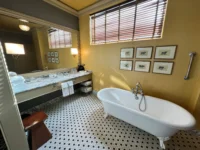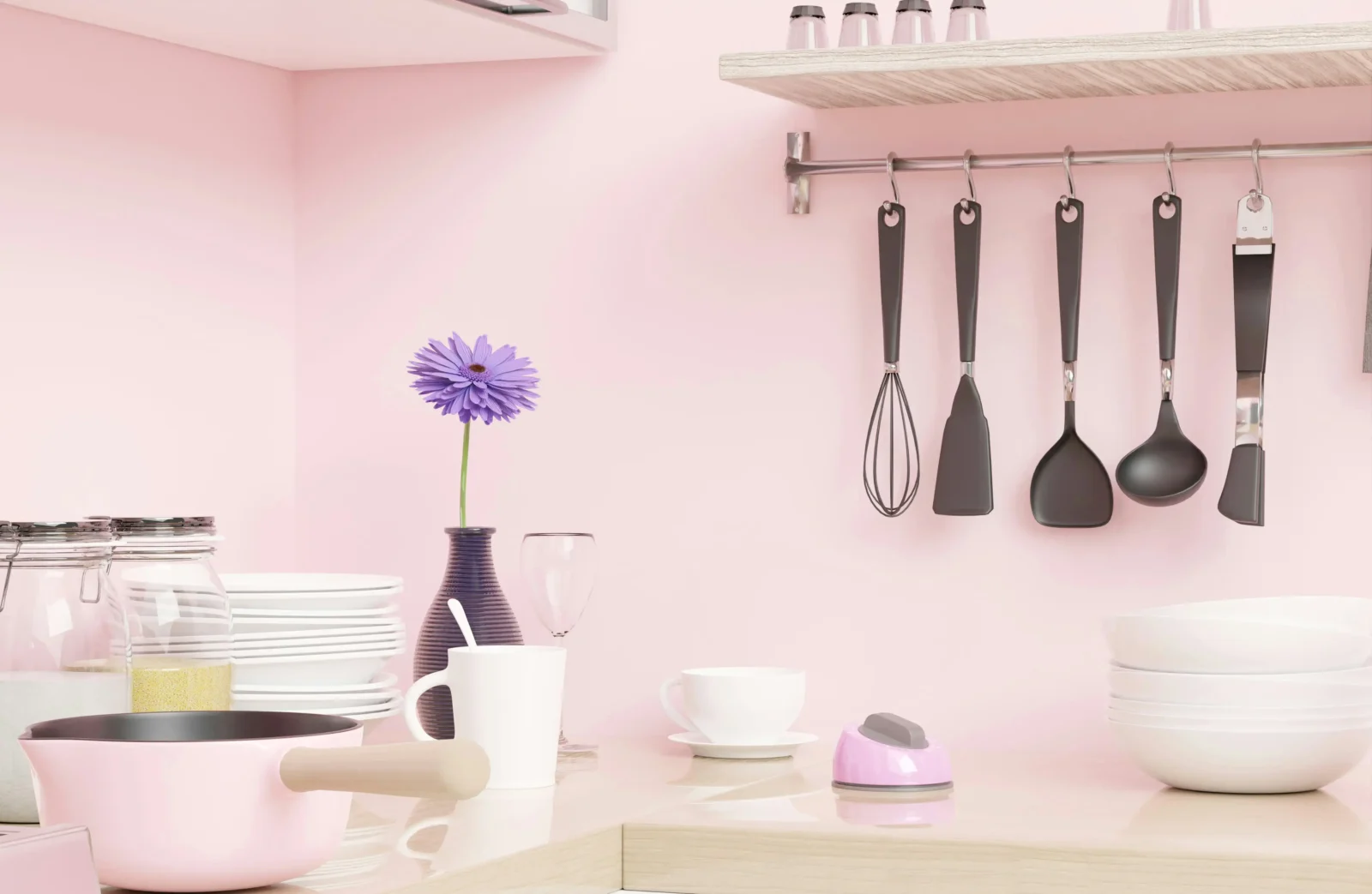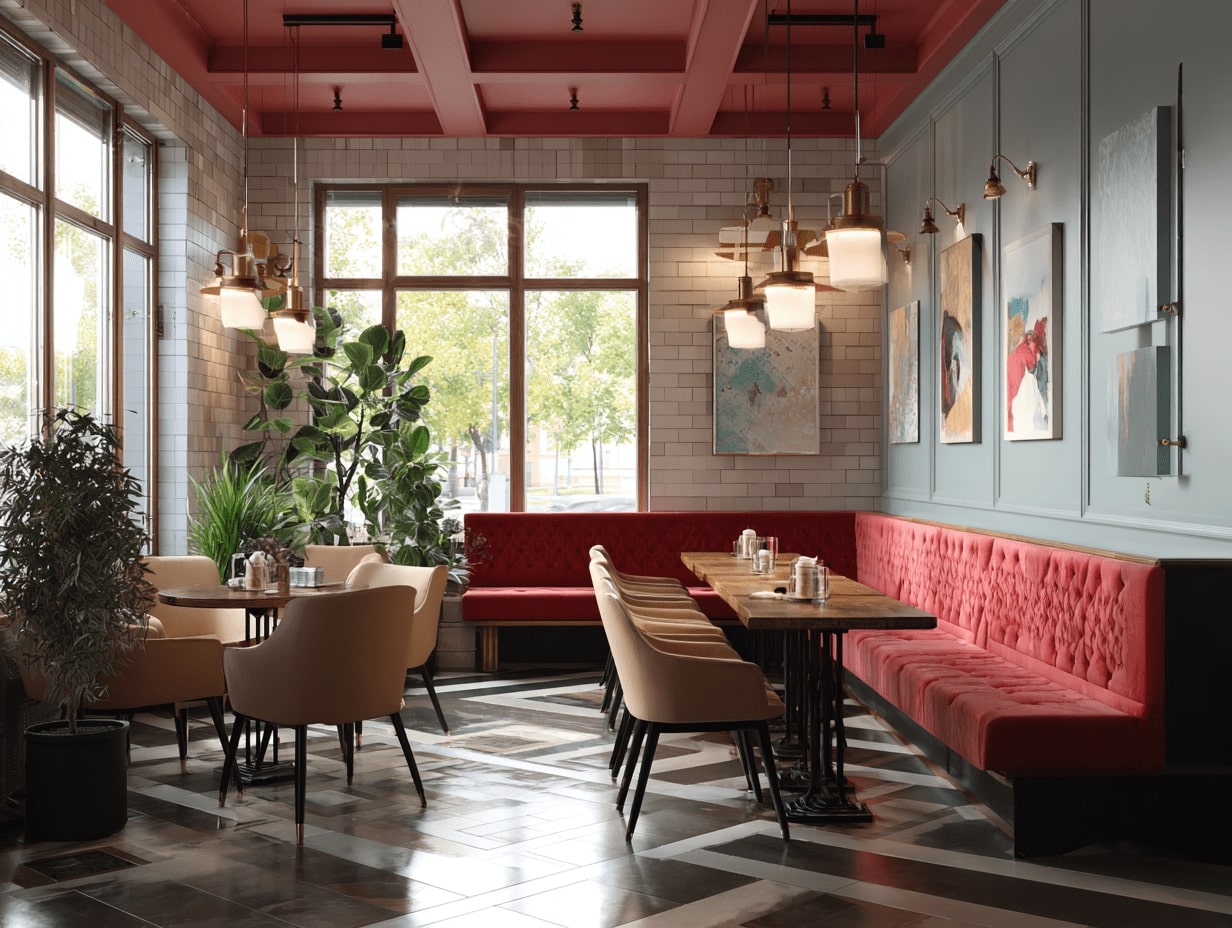- Home
- Articles
- Architectural Portfolio
- Architectral Presentation
- Inspirational Stories
- Architecture News
- Visualization
- BIM Industry
- Facade Design
- Parametric Design
- Career
- Landscape Architecture
- Construction
- Artificial Intelligence
- Sketching
- Design Softwares
- Diagrams
- Writing
- Architectural Tips
- Sustainability
- Courses
- Concept
- Technology
- History & Heritage
- Future of Architecture
- Guides & How-To
- Projects
- Interior Design
- Competitions
- Jobs
- Store
- Tools
- More
- Home
- Articles
- Architectural Portfolio
- Architectral Presentation
- Inspirational Stories
- Architecture News
- Visualization
- BIM Industry
- Facade Design
- Parametric Design
- Career
- Landscape Architecture
- Construction
- Artificial Intelligence
- Sketching
- Design Softwares
- Diagrams
- Writing
- Architectural Tips
- Sustainability
- Courses
- Concept
- Technology
- History & Heritage
- Future of Architecture
- Guides & How-To
- Projects
- Interior Design
- Competitions
- Jobs
- Store
- Tools
- More
Exploring the Role of Lighting Design on Mood and Energy Levels for Better Living Spaces
Discover how lighting design profoundly affects our mood and energy levels in this insightful article. Explore the roles of ambient, task, and accent lighting in creating the perfect atmosphere at home, work, and beyond. Learn about the psychological and biological impacts of light color temperature and intensity on emotional well-being.

Lighting isn’t just about visibility; it profoundly impacts our mood and energy levels. Whether we’re at home, in the office, or out in public spaces, the way light is designed can shape our experiences and influence how we feel. From the warm glow of a cozy living room to the bright, invigorating lights of a bustling café, the right lighting can energize us or help us unwind.
As we explore the intricate relationship between lighting design and our emotional well-being, we’ll uncover how different types of lighting can enhance productivity, foster relaxation, and even boost creativity. By understanding these connections, we can create environments that not only look good but also feel good, ultimately enriching our daily lives.

Table of Contents
ToggleThe Role of Lighting Design on Mood and Energy Levels
Lighting design plays a crucial role in influencing our mood and energy levels across different settings. We can categorize lighting into three primary types: ambient, task, and accent lighting. Each type serves a distinct purpose in creating the desired atmosphere.

Ambient Lighting
- Ambient lighting provides overall illumination in a space, establishing a foundation for other lighting types.
- Soft, warm light fosters relaxation and comfort, while bright, cool light promotes alertness and vitality.
Task Lighting
- Task lighting focuses on specific areas for activities like reading or working.
- Proper task lighting minimizes eye strain and enhances concentration, ultimately boosting productivity.
Accent Lighting
- Accent lighting highlights features within a space, such as artwork or architectural elements.
- Using contrast, it can create a dynamic atmosphere, affecting how we perceive energy and focus.
Light color temperature also significantly influences mood. Warmer tones (below 3000K) encourage relaxation, making them ideal for bedrooms. Cooler tones (above 4000K) stimulate energy, suitable for workspaces.
In addition to color temperature, the intensity of light affects emotional responses. High-intensity lighting can increase alertness during daytime hours, while dim lighting is more conducive to evening relaxation.
Moreover, natural light enhances mood and improves well-being. Exposure to daylight can increase serotonin production, positively impacting our emotional state.
By understanding these relationships, we can utilize lighting design effectively to create spaces that support our well-being and elevate our energy levels when needed.
Psychological Impact of Lighting
Lighting significantly influences our emotional state and overall well-being. By understanding the psychological aspects of lighting, we can better tailor our environments to enhance mood and energy levels.

Color Temperature and Emotion
Color temperature plays a crucial role in our emotional responses. Warm light, with a temperature of 2700K to 3000K, creates a cozy, inviting atmosphere that promotes relaxation and comfort. This type of lighting is often preferred in living spaces and bedrooms. Cooler light, ranging from 4000K to 6500K, can increase alertness and productivity. It enhances focus, making it suitable for workspaces and study areas. Research indicates that exposure to these different color temperatures can affect our mood directly, influencing feelings of happiness or stress.
Brightness and Its Effects
Brightness, or light intensity, also impacts our psychological state. Higher light levels enhance alertness and activity, while lower levels foster tranquility and introspection. For example, bright environments can stimulate creativity and social interaction, often found in collaborative workspaces. Conversely, dim lighting creates a calm setting, ideal for winding down in the evening. Balancing light intensity throughout the day can support our natural circadian rhythms, further promoting emotional stability and energy management. By adjusting brightness according to time and activity, we can optimize our mood and productivity.
Biological Effects of Light
Light significantly affects our biological processes, influencing our mood and energy levels. Understanding these effects enables us to design spaces that foster optimal well-being.

Circadian Rhythms and Energy
Circadian rhythms govern our sleep-wake cycles, impacting energy levels based on light exposure. Natural light, especially in the morning, triggers the release of cortisol, which promotes alertness and focus. Exposure to bright light during the day fosters productivity, while diminishing light exposure at night helps initiate melatonin production, essential for sleep. By aligning our lighting design with these natural rhythms, we can enhance our energy levels and improve overall emotional health.
Natural Light Versus Artificial Light
Natural light offers numerous benefits over artificial light, such as improved mood and increased productivity. Sunlight provides a full spectrum of colors, crucial for stimulating our brains and promoting feelings of well-being. In contrast, artificial light, particularly from LEDs, may lack this spectrum and can contribute to fatigue and diminished mood. Balancing natural and artificial light, especially in indoor environments, cultivates a stimulating atmosphere that supports our physical and emotional states. Prioritizing windows and skylights in lighting design maximizes exposure to natural light, enhancing our surroundings and nurturing our health.
Practical Applications in Design
Effective lighting design significantly enhances mood and energy levels in various environments. We can truly transform spaces by applying specific lighting principles tailored to different contexts.

Lighting in Residential Spaces
Residential lighting influences comfort and relaxation. We utilize various lighting types to achieve desired atmospheres.
- Ambient Lighting: We often select soft, warm lighting (2700K-3000K) in living rooms and bedrooms to create cozy environments. This warmth fosters relaxation.
- Task Lighting: In kitchens and workspaces, we install brighter task lighting to improve functionality. Focused bright light minimizes eye strain during activities like cooking or reading.
- Accent Lighting: We incorporate accent lighting to highlight artwork or architectural details. This not only adds visual interest but also enhances our emotional connection to the space.
Balancing these lighting elements helps us cultivate environments that support well-being and relaxation in residential settings.
Lighting in Work Environments
In work environments, lighting design plays a crucial role in productivity and alertness. Properly designed lighting boosts focus and efficiency among employees.
- Cool Light: We incorporate cool white light (4000K-6500K) in offices to stimulate energy and enhance concentration. This type of lighting mimics natural daylight, promoting alertness.
- Flexible Lighting Options: We develop options for adjustable lighting based on needs. Employees can modify intensity and type, ensuring optimal conditions for various tasks.
- Natural Light Integration: We prioritize maximizing natural light through windows and skylights. Natural light enhances mood, reduces fatigue, and supports circadian rhythms, contributing to increased productivity.
By applying these strategies, we can create workspaces that nurture energy and foster creative problem-solving while maintaining employee well-being.
Challenges and Considerations
Lighting design presents various challenges that can impact mood and energy levels. We face obstacles in achieving the right balance between natural and artificial light. Inadequate daylight exposure can lead to fatigue and reduced productivity, while excessive glare from artificial sources may cause discomfort and hinder focus.
We must consider the diverse needs of individuals within a space. Variations in personal preferences and sensitivities to light complicate the design process. For instance, some individuals thrive under bright, cool light, while others prefer softer, warmer tones. It’s essential to create adaptable lighting solutions that cater to multiple users.
Another challenge lies in selecting appropriate color temperatures. While warm light fosters relaxation, it may not always support alertness required in work environments. Conversely, cooler light can invigorate but may induce stress in restful spaces. Finding the right color temperature for each area is crucial for maintaining a balanced atmosphere.
The integration of technology in lighting presents opportunities and challenges. Smart lighting systems allow for customizable experiences, yet complexity can overwhelm users. Simplifying operation while maximizing functionality becomes critical in facilitating user engagement with the lighting design.
Economical considerations also play a role in lighting decisions. Sustainable options, like LED lighting, offer energy efficiency but may require a higher initial investment. We must evaluate long-term benefits versus upfront costs to make informed choices.
Lastly, we recognize the importance of ongoing maintenance. Changes in bulb quality over time affect light intensity and color rendering, influencing mood and energy levels. Implementing a strategy for regular updates and monitoring ensures consistent performance in our lighting designs.

Conclusion
Lighting design profoundly influences our mood and energy levels across various environments. By understanding the distinct types of lighting—ambient, task, and accent—we can effectively create spaces that enhance our emotional well-being. Ambient lighting, with its soft and warm qualities, fosters relaxation, while brighter task lighting boosts concentration and productivity.
The color temperature of light plays a crucial role in shaping our feelings. Warmer tones, such as those within 2700K to 3000K, encourage calmness in living spaces. In contrast, cooler tones, typically ranging from 4000K to 6500K, increase alertness, making them ideal for work environments. We recognize the value of balancing light intensity throughout the day to align with our natural circadian rhythms, enhancing creativity and tranquility.
Addressing the psychological impacts of lighting shows us how to curate aesthetically pleasing environments that promote positive emotional experiences. We can prioritize the integration of natural light in our designs to harness its powerful benefits while ensuring the incorporation of flexible, user-friendly smart lighting systems.
By focusing on these principles, we optimize our surroundings to nurture well-being and enhance our experiences in homes, offices, and public spaces alike. These tailored lighting strategies empower us to create impactful environments conducive to our needs.
- ambient lighting
- architectural lighting
- circadian lighting
- daylighting strategies
- Emotional Design
- energy levels lighting
- energy-efficient lighting
- healthy living spaces
- human-centric lighting
- interior lighting
- lighting and well-being
- lighting design
- lighting for wellness
- lighting impact on mood
- lighting in architecture
- lighting psychology
- mood and lighting
- natural light design
- residential lighting design
- smart lighting systems
Submit your architectural projects
Follow these steps for submission your project. Submission FormLatest Posts
Interior Design Best Practices for Living Rooms
Creating a comfortable and stylish living room requires a balance of both...
How to Fully Decorate Your Kitchen: A Practical Guide
Kitchens are no longer just functional spaces. They have become the heart...
Why Restaurant Design Matters for Social Life
Discover why restaurant design shapes social life. Learn how layout, seating, acoustics,...
The Architecture of Light: Natural Illumination That Shapes How We Live
Explore how natural light shapes architecture supporting circadian health, visual comfort, and...












Leave a comment